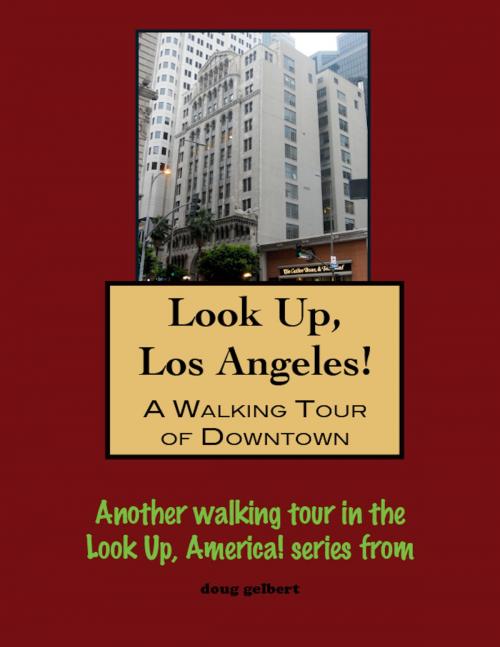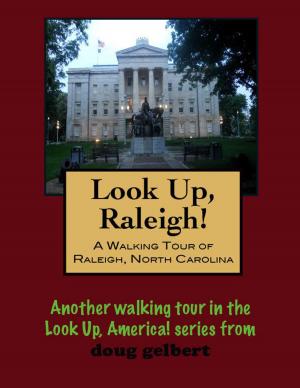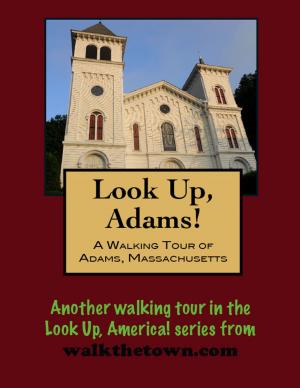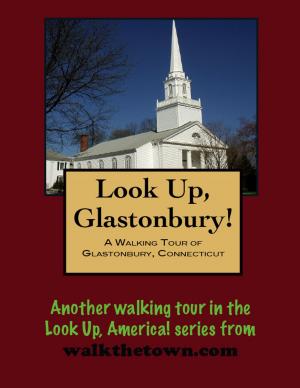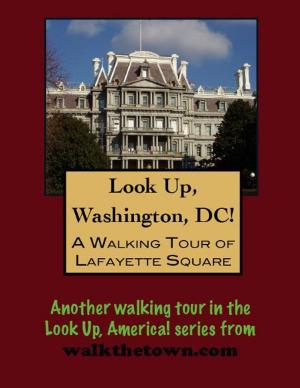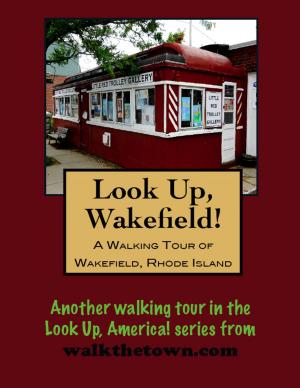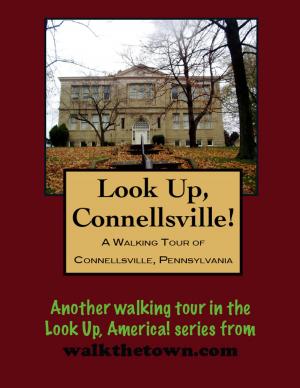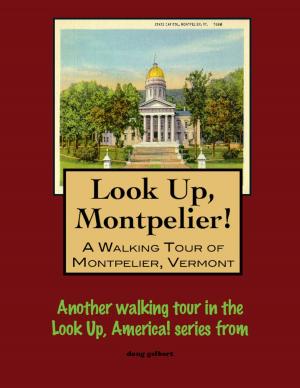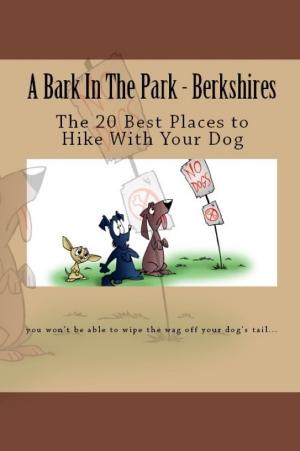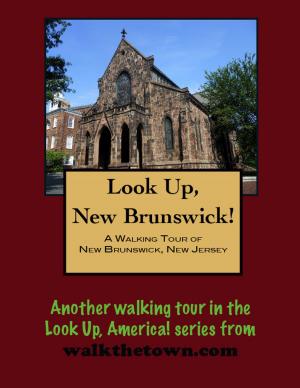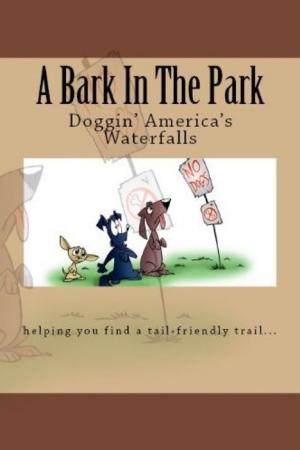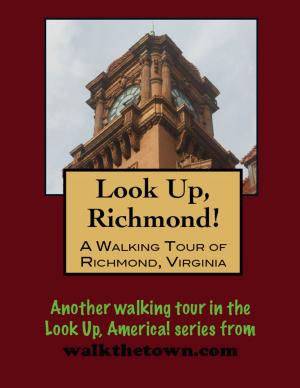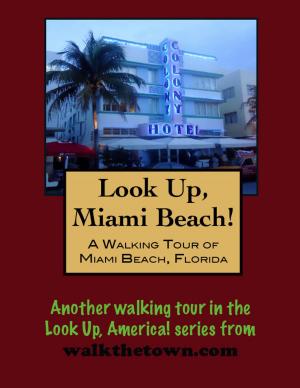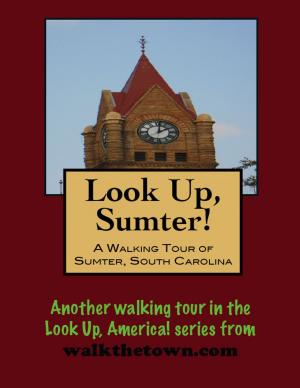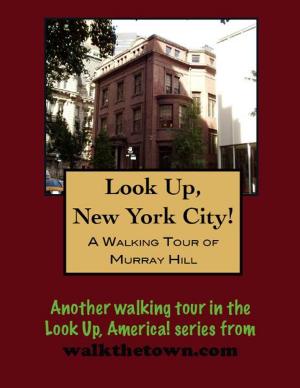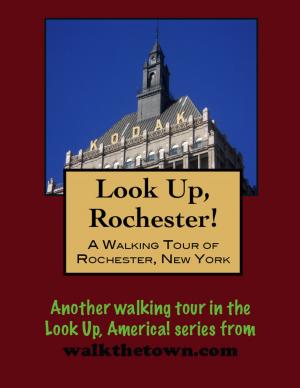| Author: | Doug Gelbert | ISBN: | 9781476270517 |
| Publisher: | Doug Gelbert | Publication: | August 2, 2012 |
| Imprint: | Smashwords Edition | Language: | English |
| Author: | Doug Gelbert |
| ISBN: | 9781476270517 |
| Publisher: | Doug Gelbert |
| Publication: | August 2, 2012 |
| Imprint: | Smashwords Edition |
| Language: | English |
There is no better way to see America than on foot. And there is no better way to appreciate what you are looking at than with a walking tour. Whether you are preparing for a road trip or just out to look at your own town in a new way, a downloadable walking tour from is ready to explore when you are.
Each walking tour describes historical and architectural landmarks and provides pictures to help out when those pesky street addresses are missing. Every tour also includes a quick primer on identifying architectural styles seen on American streets.
Los Angeles has often been characterized as a jumble of “suburbs in search of a city.” But Los Angeles has always boasted a significant downtown and it looks a whole heck of a lot like it did eighty years ago. Unlike Manhattan (on an island) or Philadelphia (squeezed between two rivers) or Chicago (pressed against a lake), developers in Los Angeles could build freely to the west rather than destroy existing structures.
But far from being an amorphous blob, downtown Los Angeles followed a rigid development pattern in its formative years. The first break-out from the original settlement in the early 1900s took place south along Spring Street (the banks) and Main Street (the businesses) and Broadway (the theaters). Restless entrepreneurs began pushing a few blocks west along 7th Street around 1915 and by 1920, the city’s private and municipal rail lines stretched for over 1,000 miles into four surrounding counties with downtown as the hub.
As a developing town in the early 1900s the Los Angeles City Council passed a height restriction of 150 feet on skyscrapers to insure the famous Southern California sunshine actually reached the sidewalk. So early buildings marched like matched teeth up and down Spring Street and Main Street. After a half-century the height limit was rescinded and rather than tear down and rebuild the business district packed up and moved west to Flower Street and Hope Street and Figueroa Street and built to the sky.
Our walking tour will maneuver through these steel-and-glass monoliths on the blocks that do much to define the Los Angeles skyline. We will see the town’s tallest skyscrapers and also see some its finest Renaissance Revival architecture but we will begin at a place that has endured since the Los Angeles days of dirt streets when cypress and citrus trees were planted and a picket fence erected to keep roaming livestock from trampling the plantings...
There is no better way to see America than on foot. And there is no better way to appreciate what you are looking at than with a walking tour. Whether you are preparing for a road trip or just out to look at your own town in a new way, a downloadable walking tour from is ready to explore when you are.
Each walking tour describes historical and architectural landmarks and provides pictures to help out when those pesky street addresses are missing. Every tour also includes a quick primer on identifying architectural styles seen on American streets.
Los Angeles has often been characterized as a jumble of “suburbs in search of a city.” But Los Angeles has always boasted a significant downtown and it looks a whole heck of a lot like it did eighty years ago. Unlike Manhattan (on an island) or Philadelphia (squeezed between two rivers) or Chicago (pressed against a lake), developers in Los Angeles could build freely to the west rather than destroy existing structures.
But far from being an amorphous blob, downtown Los Angeles followed a rigid development pattern in its formative years. The first break-out from the original settlement in the early 1900s took place south along Spring Street (the banks) and Main Street (the businesses) and Broadway (the theaters). Restless entrepreneurs began pushing a few blocks west along 7th Street around 1915 and by 1920, the city’s private and municipal rail lines stretched for over 1,000 miles into four surrounding counties with downtown as the hub.
As a developing town in the early 1900s the Los Angeles City Council passed a height restriction of 150 feet on skyscrapers to insure the famous Southern California sunshine actually reached the sidewalk. So early buildings marched like matched teeth up and down Spring Street and Main Street. After a half-century the height limit was rescinded and rather than tear down and rebuild the business district packed up and moved west to Flower Street and Hope Street and Figueroa Street and built to the sky.
Our walking tour will maneuver through these steel-and-glass monoliths on the blocks that do much to define the Los Angeles skyline. We will see the town’s tallest skyscrapers and also see some its finest Renaissance Revival architecture but we will begin at a place that has endured since the Los Angeles days of dirt streets when cypress and citrus trees were planted and a picket fence erected to keep roaming livestock from trampling the plantings...
